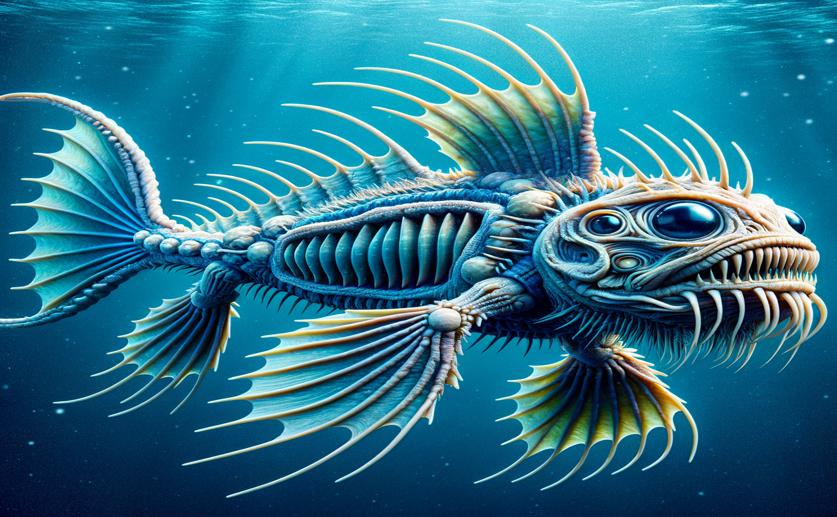
New Deep-Sea Species and Its Complete Genetic Blueprint and Evolutionary Study
Jim Crocker
14th July, 2024

Image Source: Natural Science News, 2024
Key Findings
- The study, conducted in the western Pacific Ocean, discovered a new species of sea cucumber named Benthodytes sp. Gxx-2023
- Researchers sequenced and analyzed the complete mitochondrial genome of this new sea cucumber species
- The genetic data revealed unique adaptations that help the sea cucumber survive in extreme deep-sea conditions
GeneticsMarine BiologyEvolution
References
Main Study
1) A novel deep-benthic sea cucumber species of Benthodytes (Holothuroidea, Elasipodida, Psychropotidae) and its comprehensive mitochondrial genome sequencing and evolutionary analysis
Published 13th July, 2024
https://doi.org/10.1186/s12864-024-10607-5
Related Studies
2) The deep-sea under global change.
3) Challenging the paradigms of deep-sea ecology.
4) A Treasure of Bioactive Compounds from the Deep Sea.



 11th March, 2024 | Greg Howard
11th March, 2024 | Greg Howard